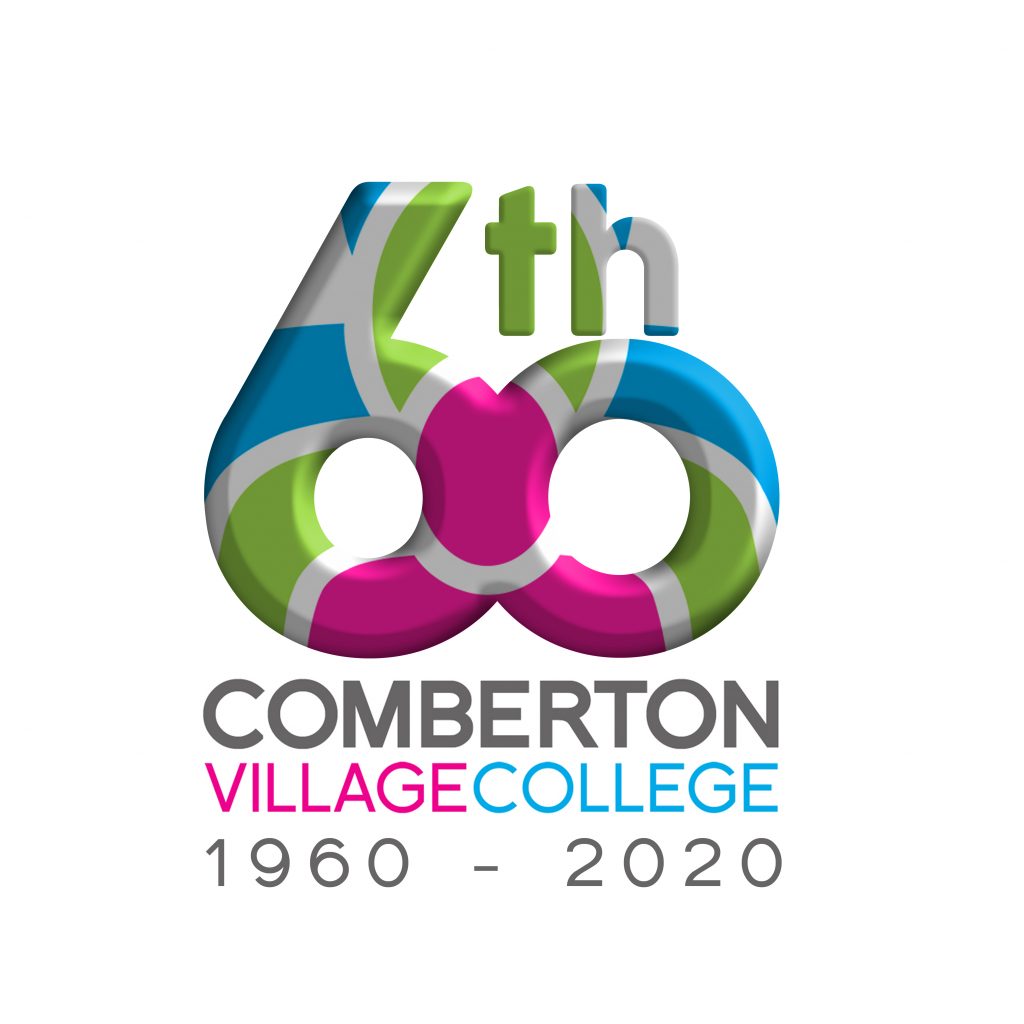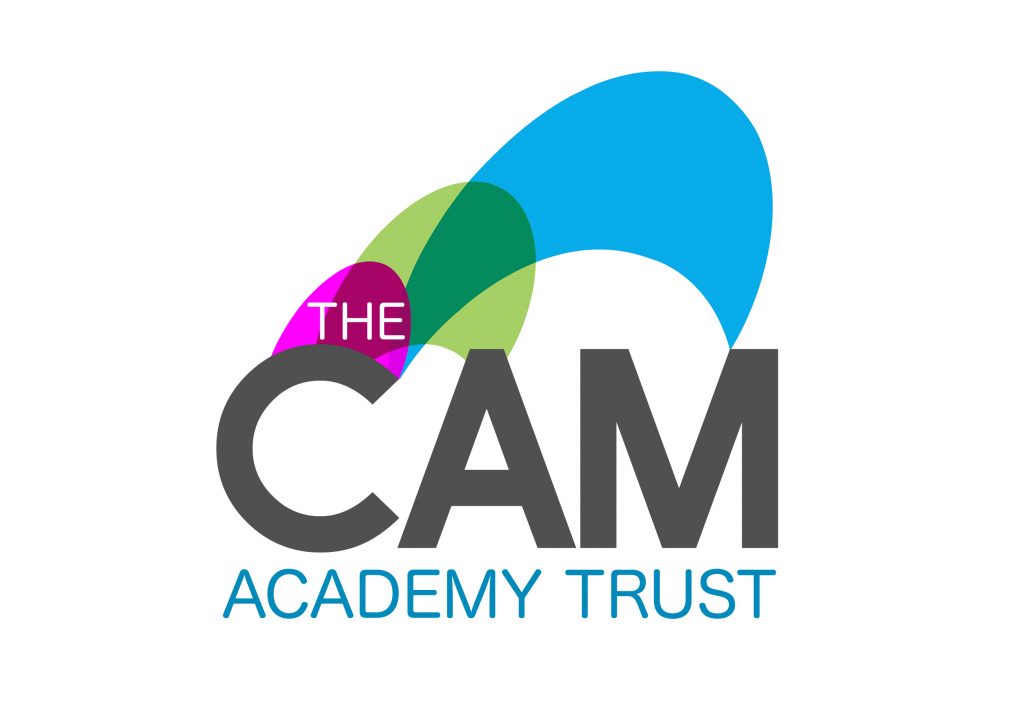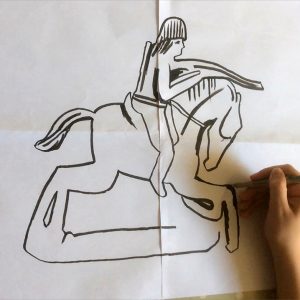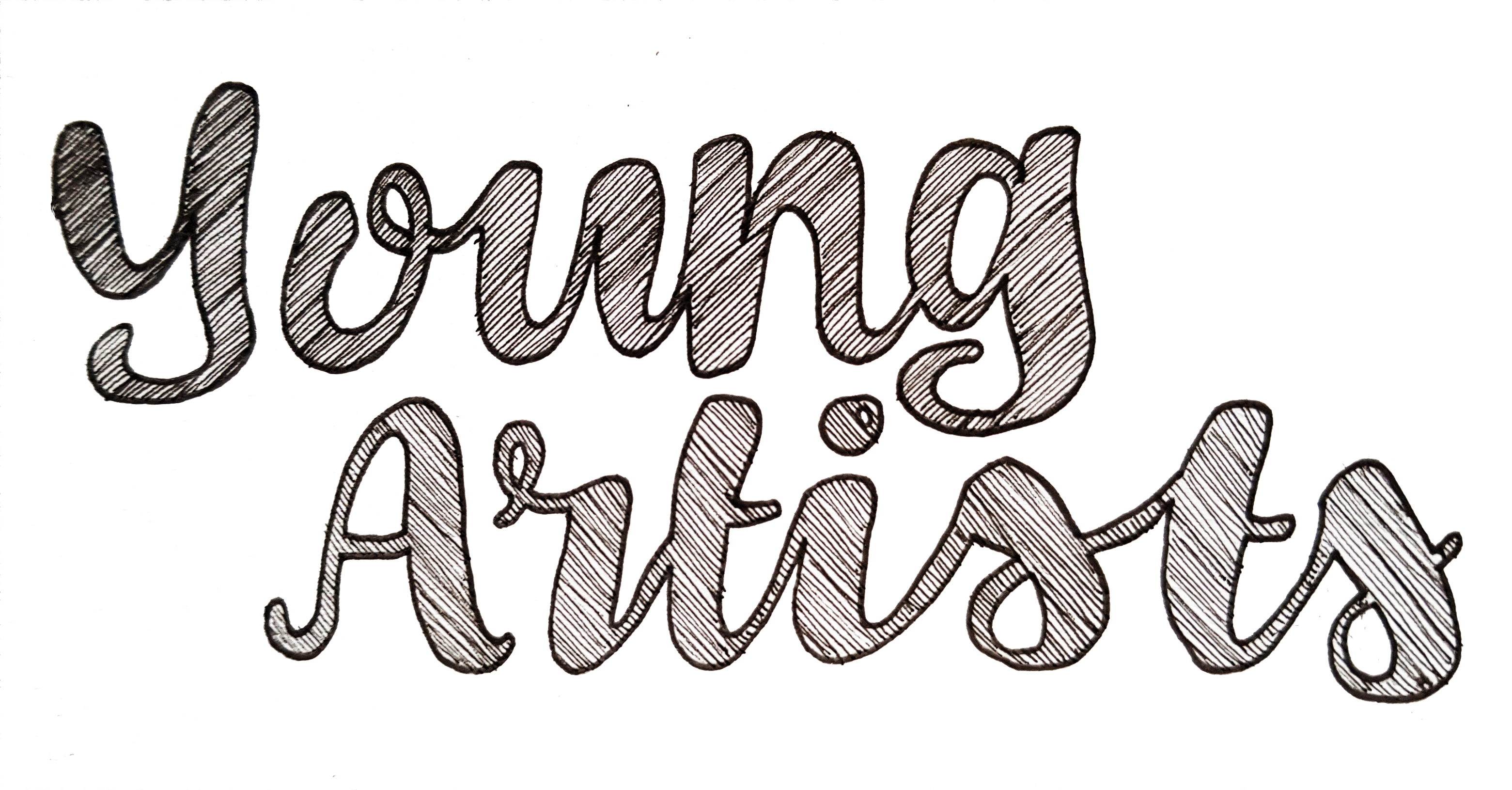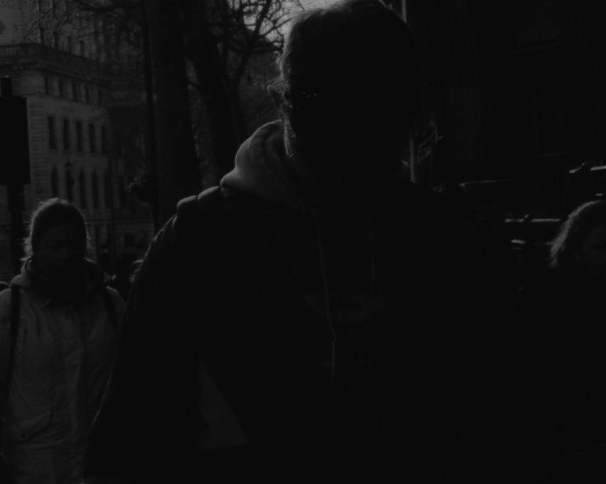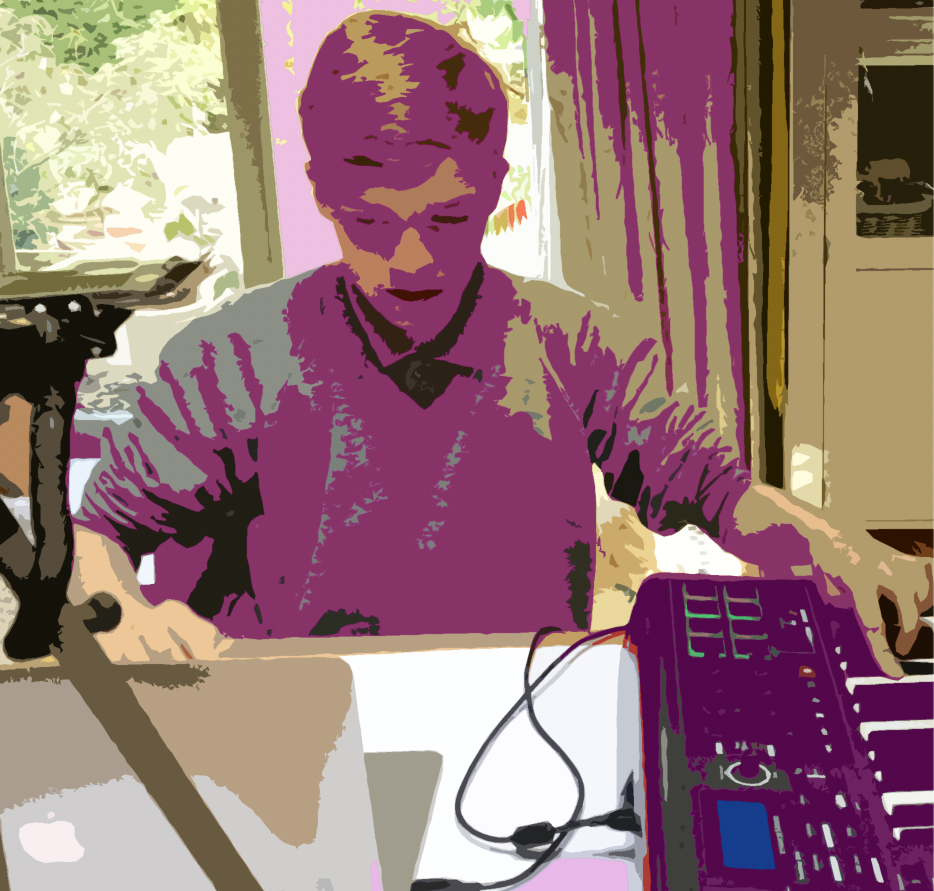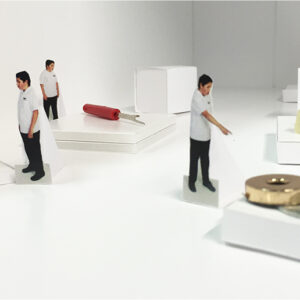By Rowan Briggs Smith
During lockdown 2020 I decided to make a pavement artwork outside Comberton Village College. I know my friends are missing being at school, and that the teachers are missing us too. I wanted to use my art as a voice to acknowledge that.
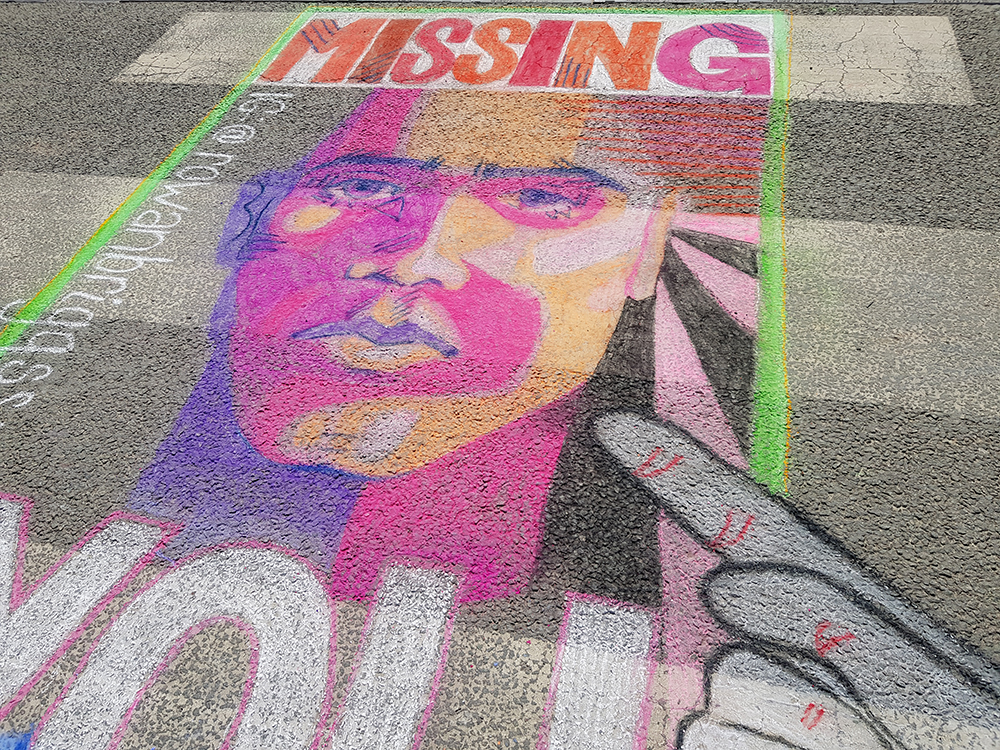
With permission from the school, I decided that using the crossing outside the main entrance felt like the perfect place to make an artwork. I adapted the Kitchener “Britain Needs You” Poster into this “Missing You” message, with one side of the “missing you” representing the school and teachers, and the other “missing you” representing the pupils – meeting across the crossing. I decided to put the hands outside the frame of the rectangle.
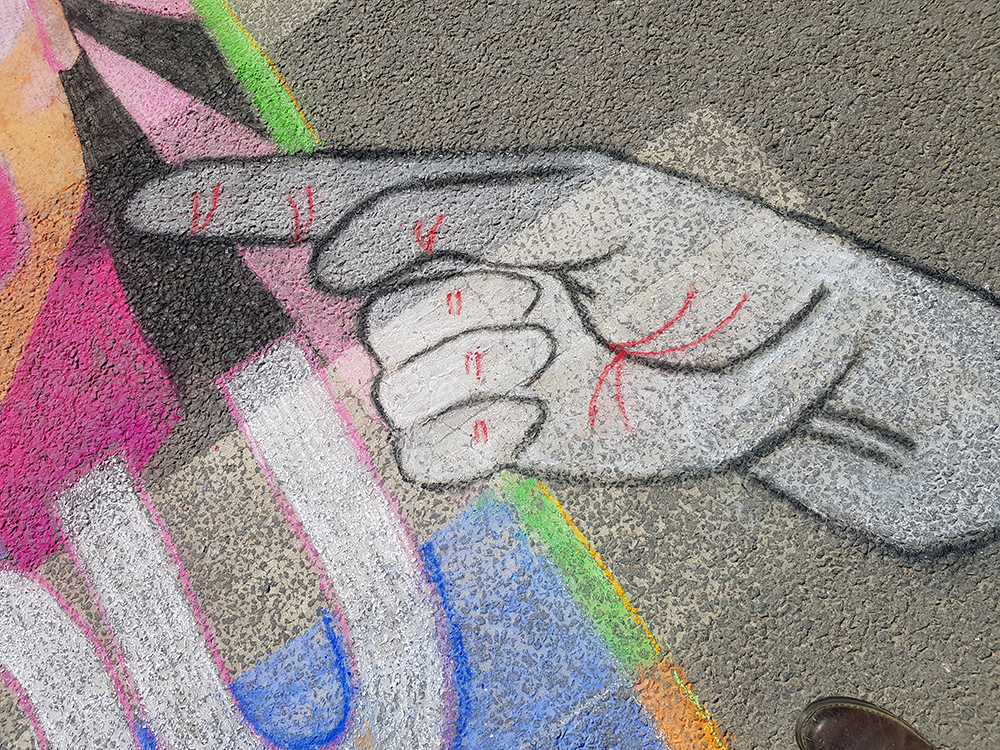
The school currently only has about 10 pupils attending and similar number of staff (out of over 1600 regular pupils), but I thought it would be nice for them to be greeted by the artwork when they arrived on Monday, plus others could see it via social media (Instagram here). What surprised me was how many residents from the village and surrounding villages made special trips as part of their daily walk to come to see the piece. I’ve had so many messages from people saying how much they enjoyed seeing it. What means the most to me is the messages from my friends saying thank you for doing it and for creating something which communicates how they feel.
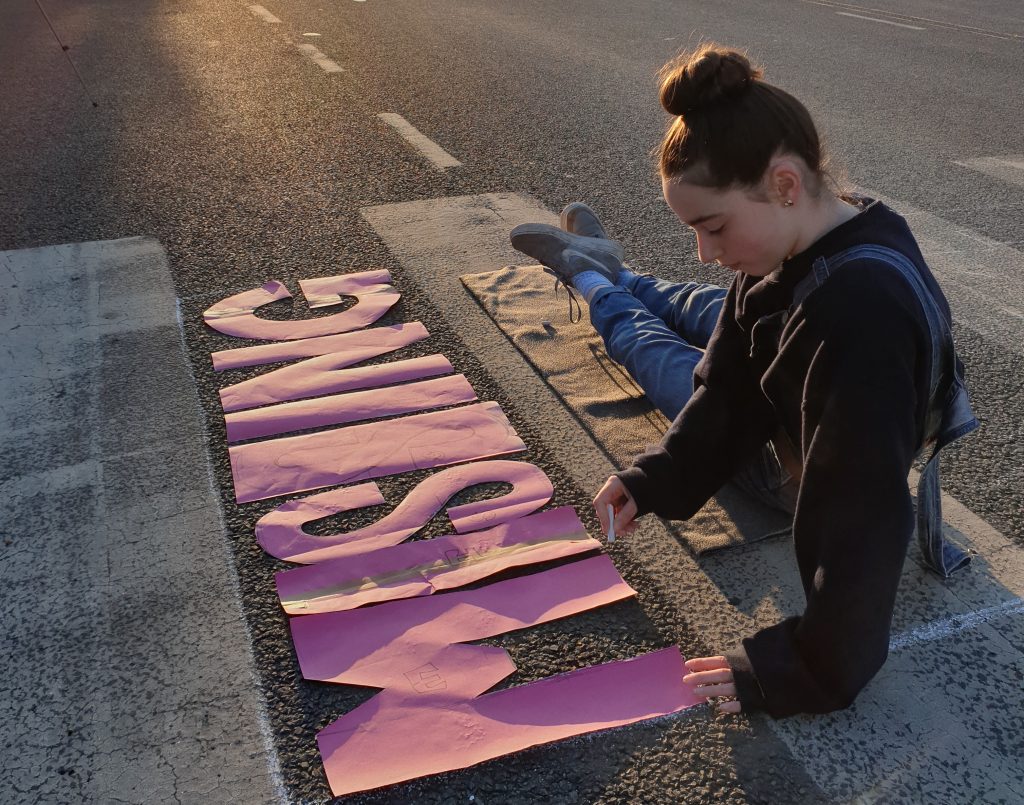
The whole thing took about 8 hours. I made the stencils at home the night before, and then got up at 5am on the Sunday to chalk it. I finished at 12.30 on Sunday, and I have a new respect for pavement artists – my whole body aches and I have no finger prints!
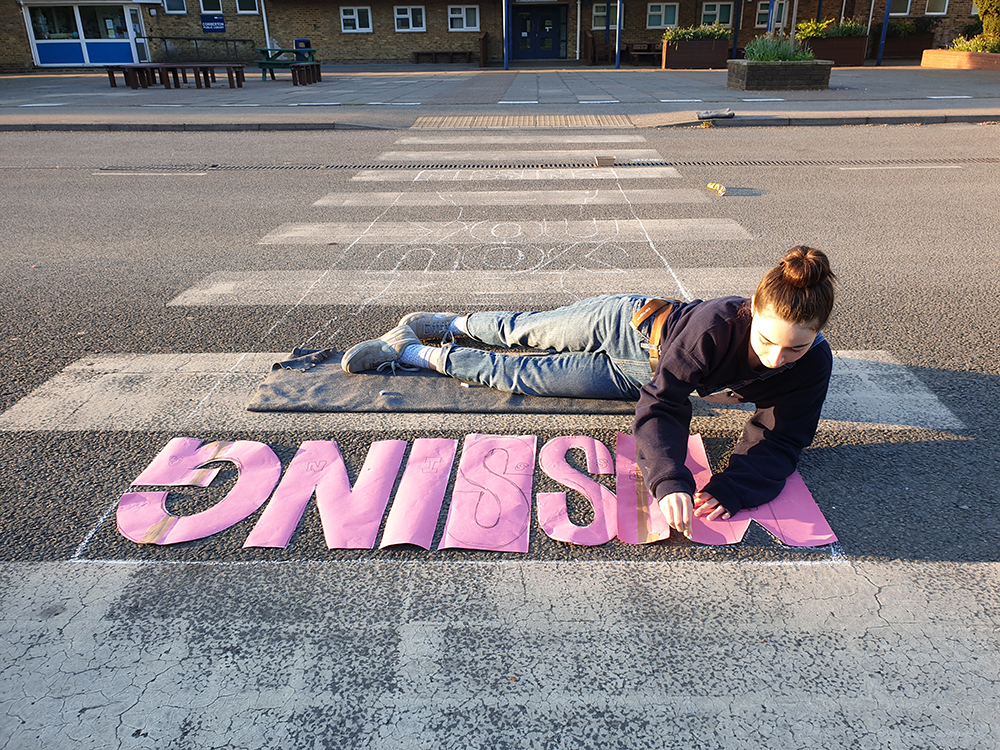

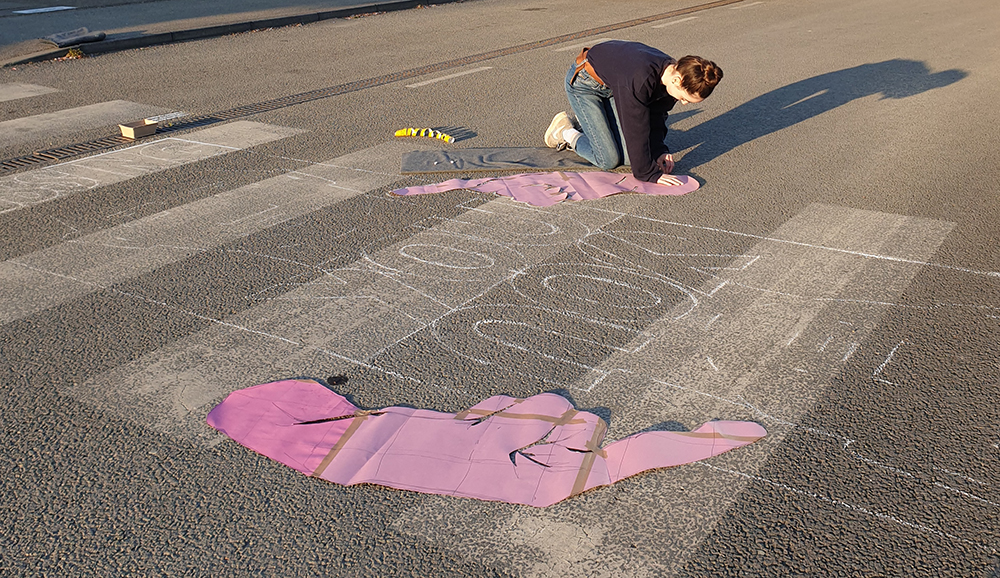
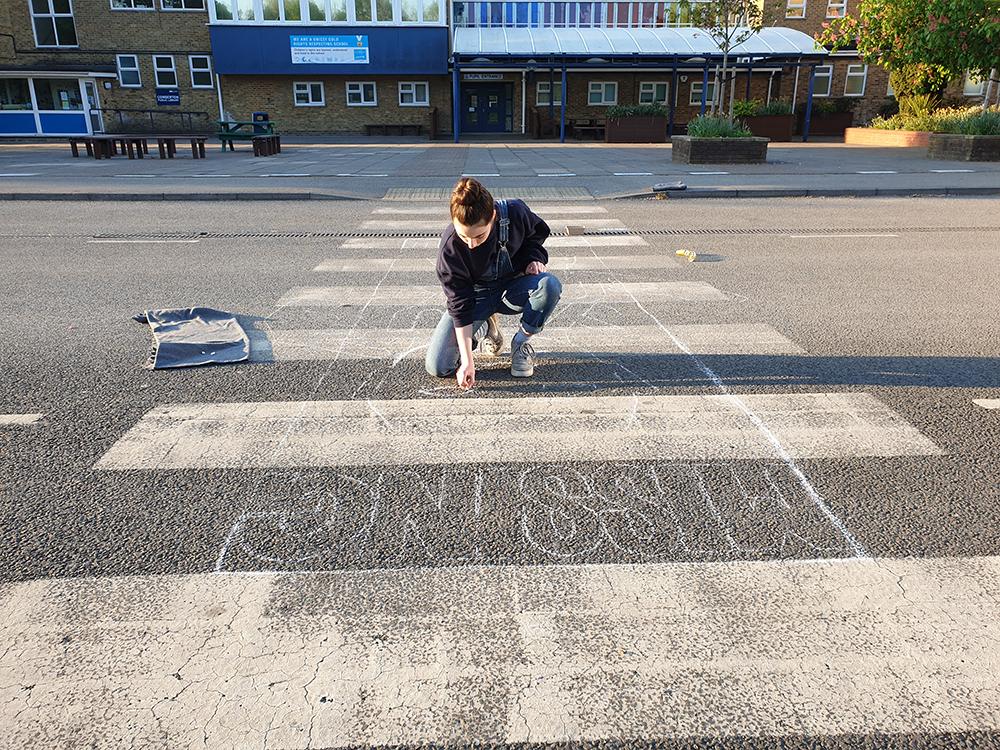
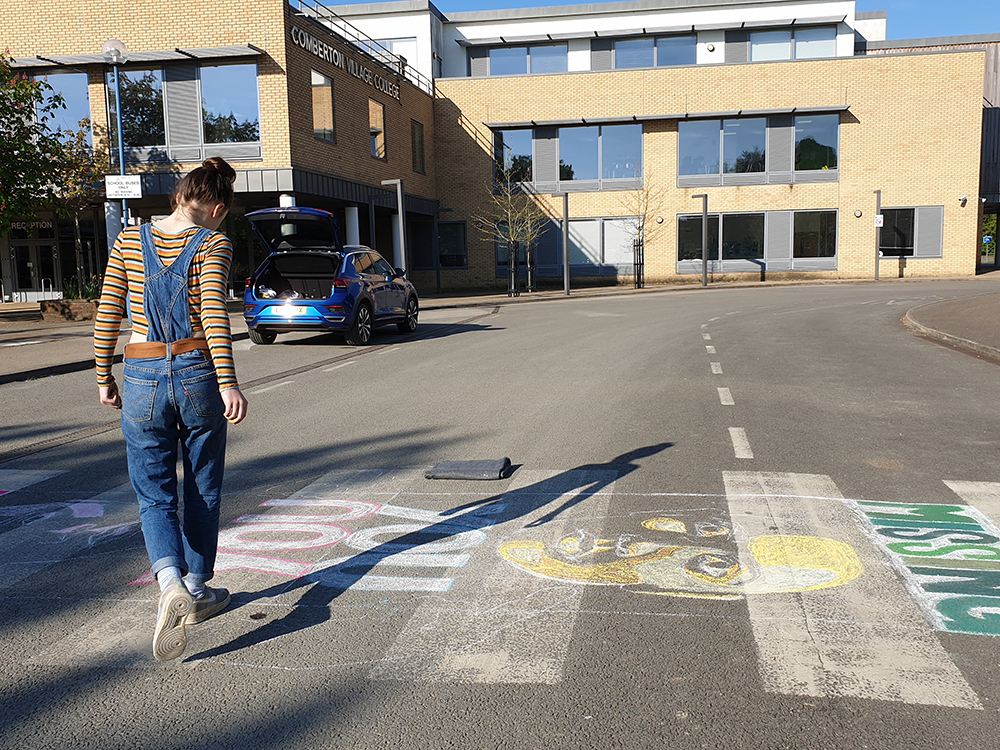
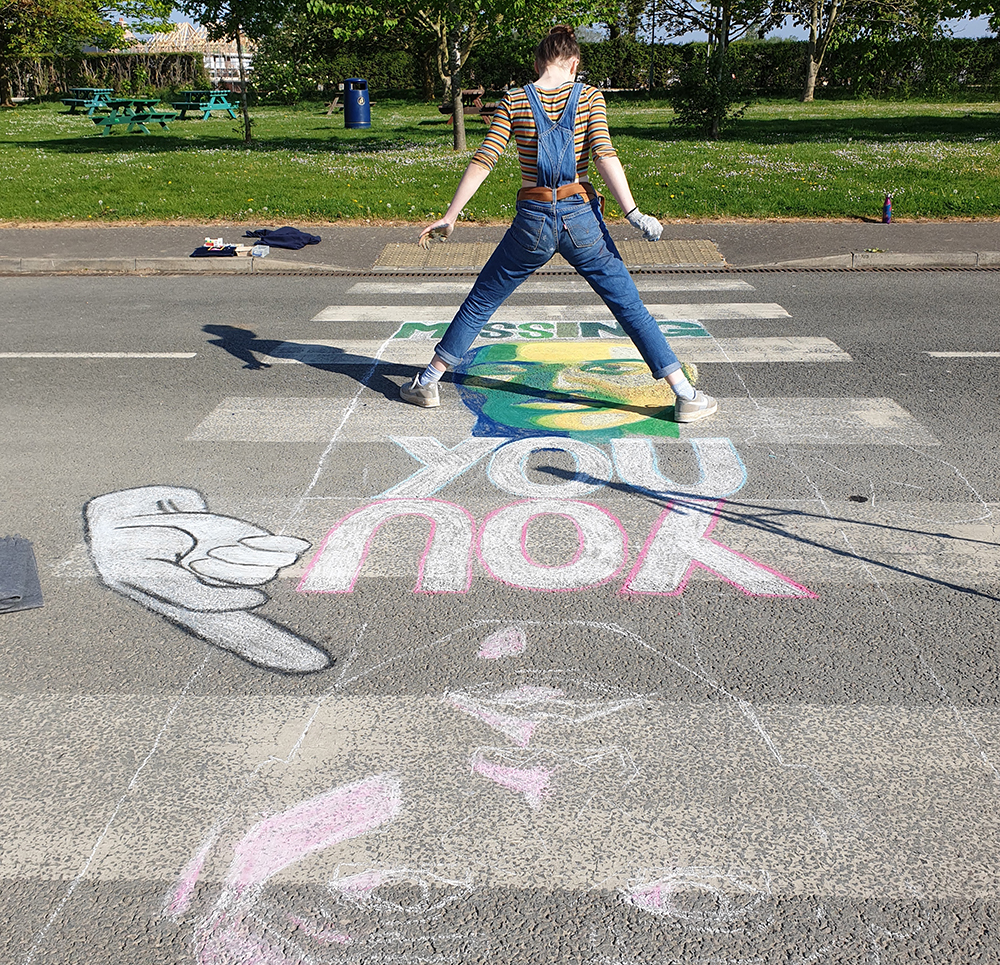
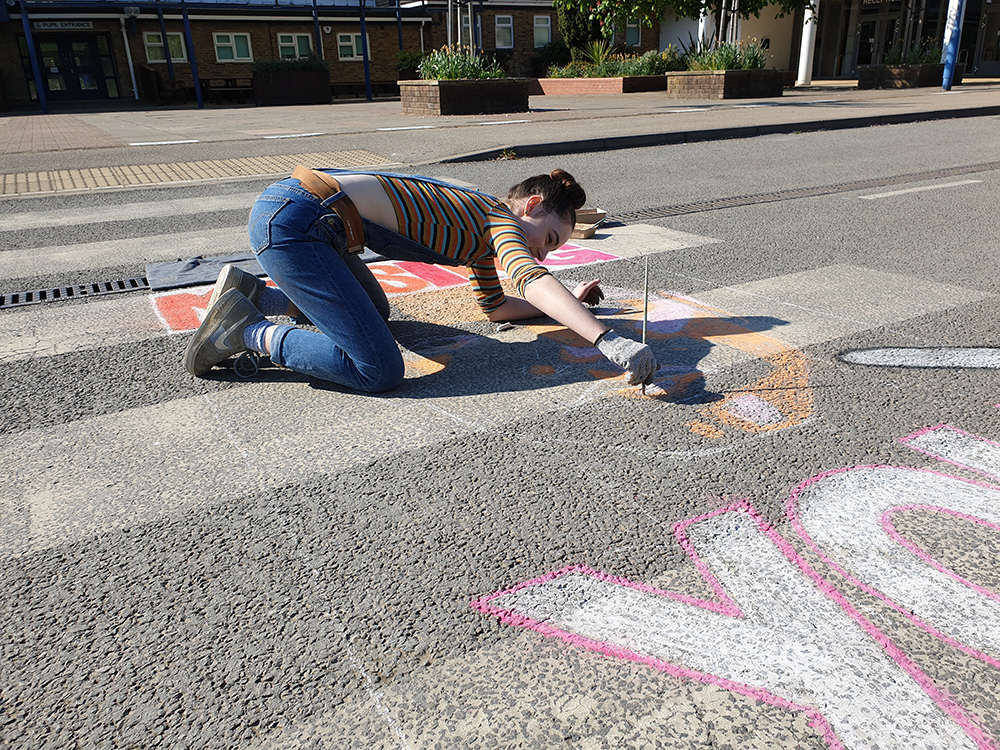

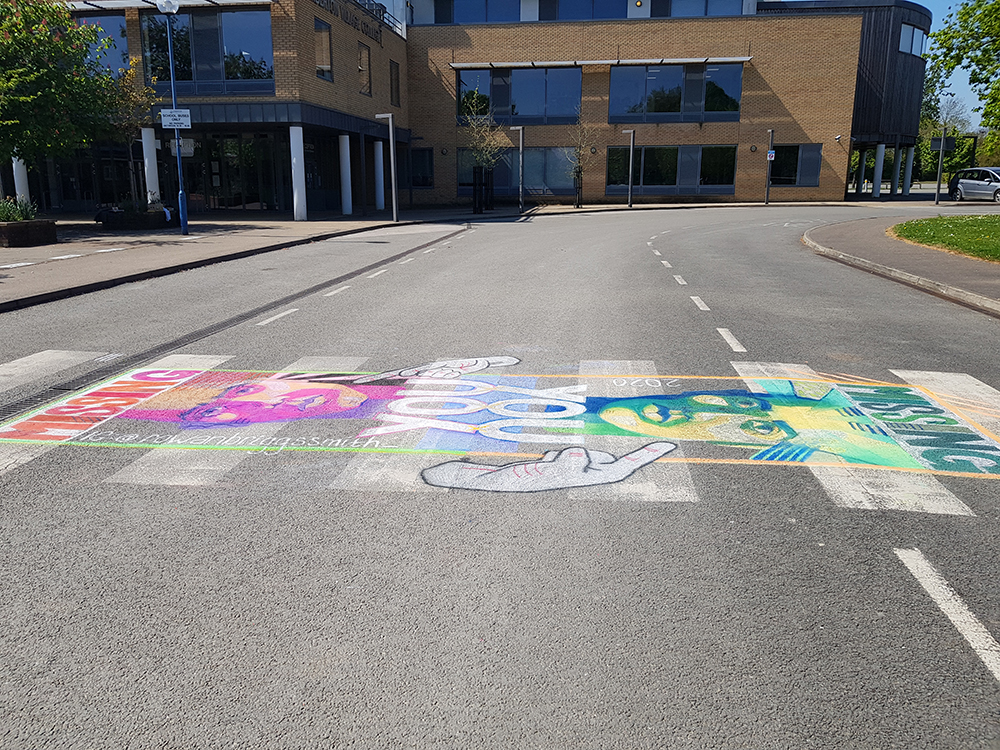
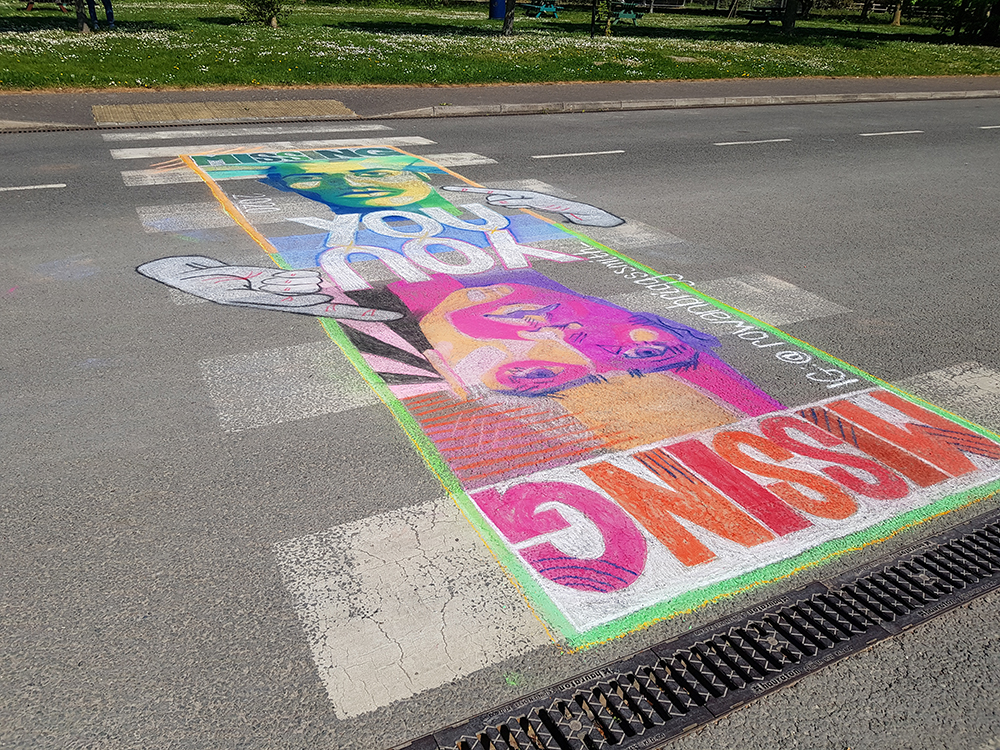
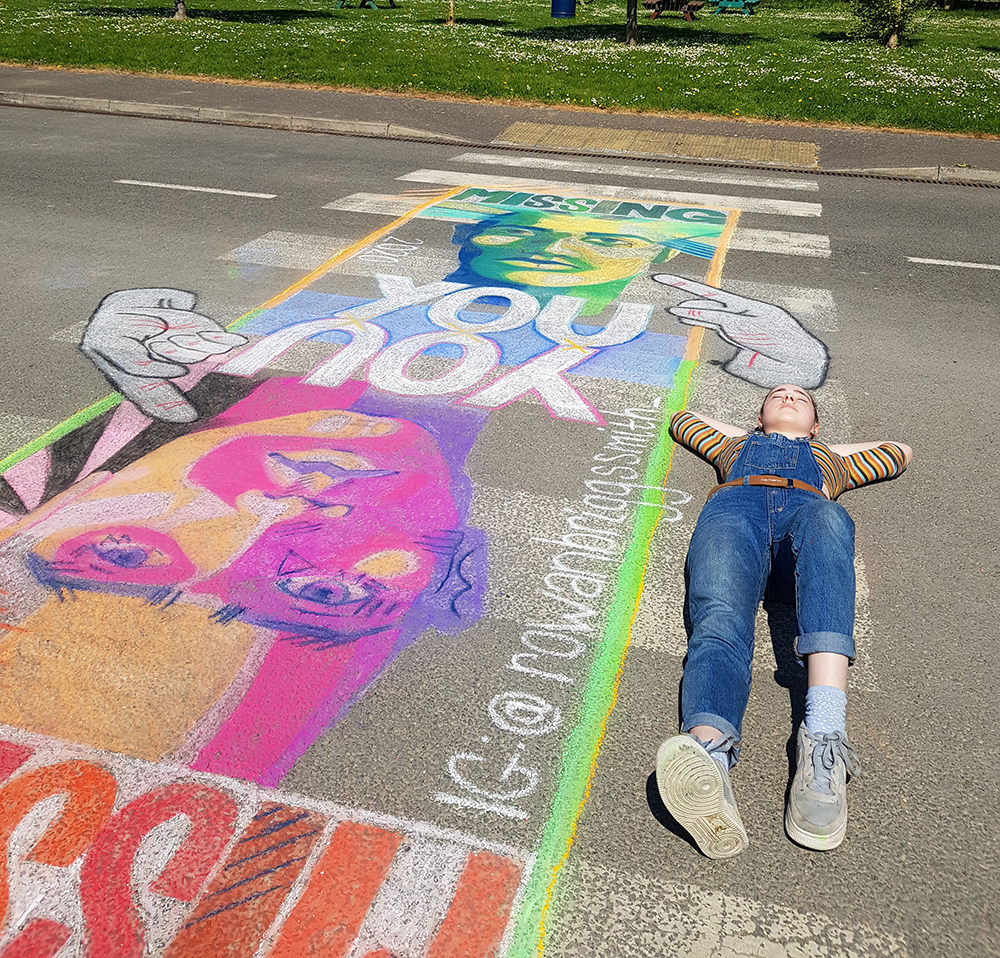
I walked past it today, only 2 days later, and it barely exists (we had rain overnight), but I have amazing memories of it.
Thanks to Hungry for “In the Snow” (find on Spotify) in the video at the top of this page. And thanks to the support from staff at Comberton Village College.
